Russia resorts to using makeshift covers and cages on tanks to shield its dwindling forces from Ukrainian drone attacks in fresh humiliation for Putin
Vladimir Putin’s dwindling forces have been forced to use makeshift cover and cages to protect key military equipment as Ukrainian drone strikes pound them.
One video leaked to Telegram channels shows Russian tanks under blocky, turtle-like metal shells that appear to have been retroactively mounted on the outside.
The improvised grenade only covers the sides and top of the tank, apparently allowing operators to fire grenades from the military vehicles.
Another video, this time apparently shot by a drone, shows three Russian tanks with tarpaulins plodding through a battlefield near the Ukrainian-occupied city of Krasnohorivka as they come under fire.
Although the covers do not appear to affect their movement, their effectiveness is unknown as they appear to block much of the tanks’ visibility.
Ukraine has relied heavily on cheaply made drones that can attack Russian positions from a distance
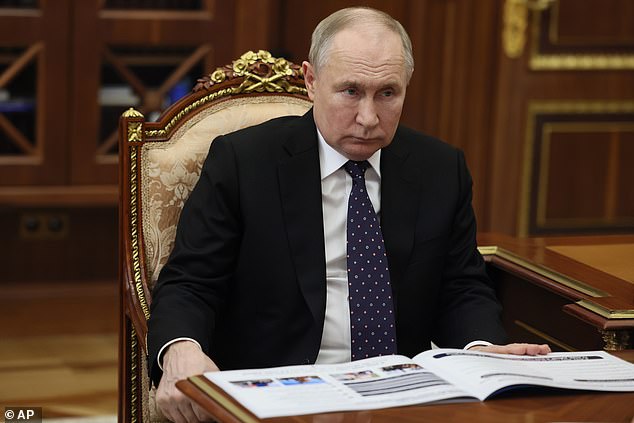
Vladimir Putin’s forces (pictured) have been decimated by Ukrainian drone pilots
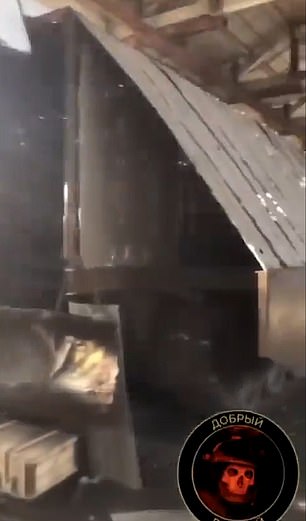
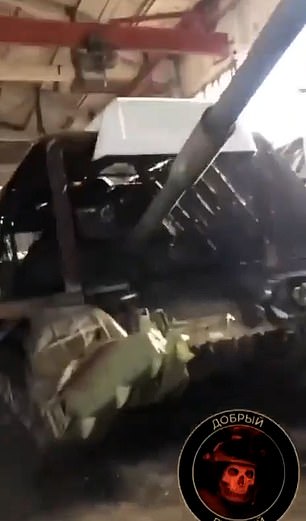
One video leaked to Telegram channels shows Russian tanks underneath blocky, turtle-like metal shells that appear to have been retroactively mounted on the outside

Another video, this time apparently shot by a drone, shows three Russian tanks with tarpaulins plodding through a battlefield near the Ukrainian-occupied city of Krasnohorivka as they come under fire.
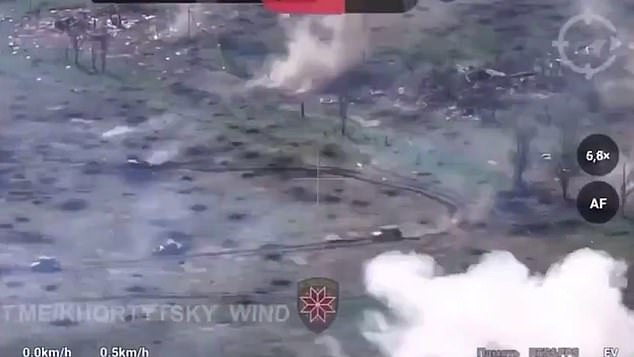
Another video, this time apparently shot by a drone, shows three Russian tanks with tarpaulins plodding through a battlefield near the Ukrainian-occupied city of Krasnohorivka as they come under fire.
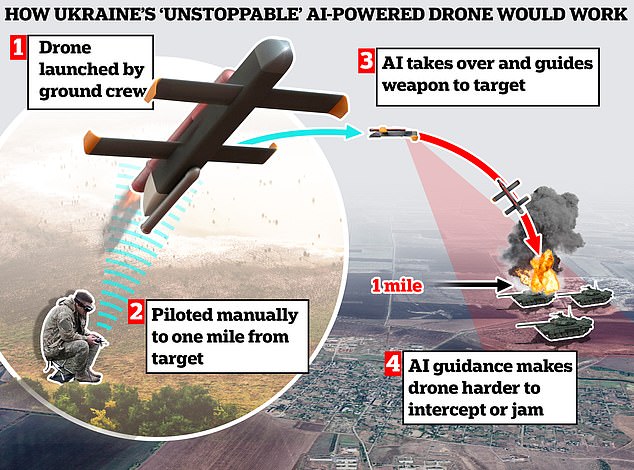
At least two armored vehicles were destroyed during the failed attack.
The Russian tanks have been hit en masse by Ukrainian drones. A NATO official said this today Foreign policy that more than two-thirds of the disabled Russian tanks were taken out by drones.
Many are made cheaply, using off-the-shelf components that often include improvised munitions including grenades or home-made bombs, as a much-needed military aid package worth $60 billion, or £47 billion, continues to be held up in the US House of Representatives after months of wrangling.
But the war, and the need to innovate in the face of scarce resources, has apparently led Ukraine to create an AI-powered drone that could track Russian targets from further away and be more resistant to electronic countermeasures in attempts to increase his army. possibilities as the war continues.
Deputy Defense Minister Kateryna Chernohorenko said Kiev is developing a new system that can autonomously distinguish, hunt and attack its targets from a distance.
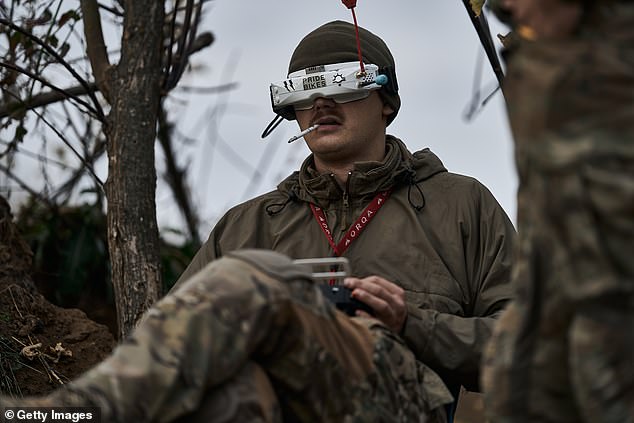
A Ukrainian military pilot of an FPV drone during a combat flight with an accumulative payload on the front line near Bakhmut
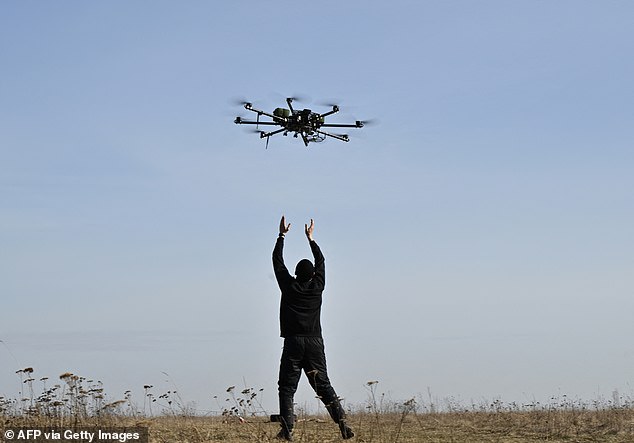
A pilot practices with a drone at a training ground in the Kiev region on February 29, 2024, amid the Russian invasion of Ukraine

Soldiers of the 12th Special Forces Brigade Azov of the National Guard of Ukraine stand next to a howitzer on a front line
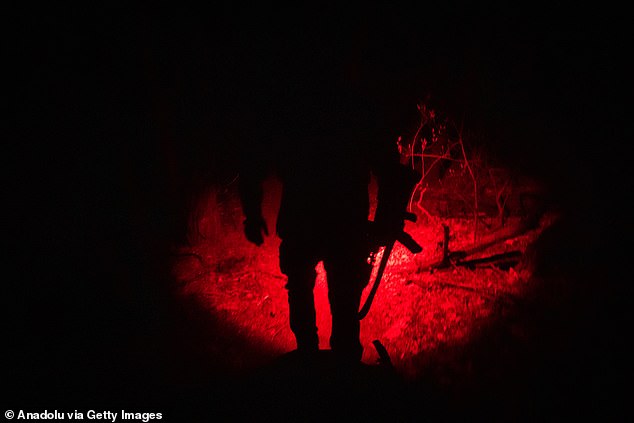
Ukrainian soldiers from the Azov Brigade are seen at an artillery position heading towards Lyman
This would make it harder to shoot down or jam the drones, she said, and would reduce the threat of retaliatory attacks to drone pilots.
‘Our drones must become more effective and be guided to the target without operators.
‘It has to be based on visual navigation. We also call it ‘last-mile targeting’, she told The Telegraph.
It comes less than two months after Britain’s Defense Secretary announced the creation of a drone coalition that will see Britain, Latvia and other Western governments pour £200 million into supplying military unmanned aerial vehicles (UAVs) quality to Ukraine.
The package – which accounts for around a fifth of Ukraine’s total investment in developing drones for frontline use – will see Britain order thousands of FPV drones for Ukraine, many of which will be produced by British manufacturers.
